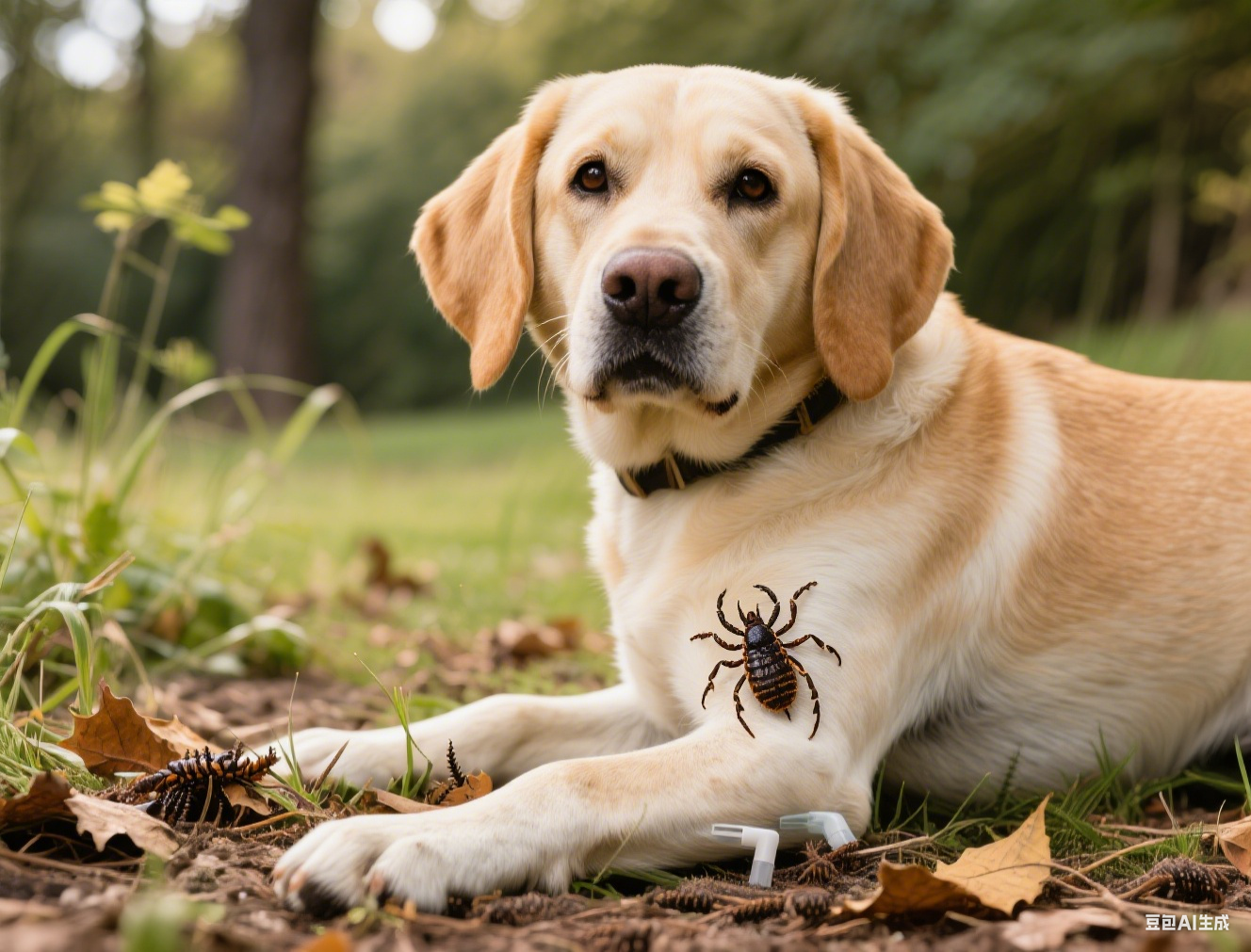

Aug. 29, 2025
Ticks are more than just a nuisance—they can transmit dangerous diseases like Lyme, ehrlichiosis, and anaplasmosis to dogs, making prevention critical for your pet’s health. With the right strategies, you can significantly reduce your dog’s risk of tick bites. Here’s what every dog owner needs to know:
The most reliable defense against ticks is consistent use of veterinary-recommended external parasite treatments. These products are designed to kill or repel ticks before they can attach and feed, and they’re typically applied monthly.
Look for formulas containing proven ingredients like:
Always follow your vet’s guidance on dosage and application—never use products formulated for cats (some ingredients, like permethrin, can be toxic to felines).
Ticks thrive in warm, humid environments, especially tall grass, dense bushes, wooded areas, and leaf piles. To minimize exposure:

A tidy living space helps reduce tick populations around your home. Regularly:
Even with preventatives, a quick post-walk check can catch ticks before they settle in. Ticks prefer warm, hidden spots, so focus on:
If you find a tick, remove it immediately using fine-tipped tweezers: Grasp the tick as close to your dog’s skin as possible, pull straight out (don’t twist), and clean the area with antiseptic. Avoid crushing the tick, as this can release harmful pathogens.
To maximize effectiveness:

If your dog has multiple ticks, or if you notice signs of illness (lethargy, fever, joint pain) after a tick bite, contact your vet right away. They can safely remove embedded ticks, test for tick-borne diseases, and recommend treatment if needed.
By combining these steps—consistent preventatives, environmental awareness, and vigilant checks—you can help keep your dog tick-free and healthy.